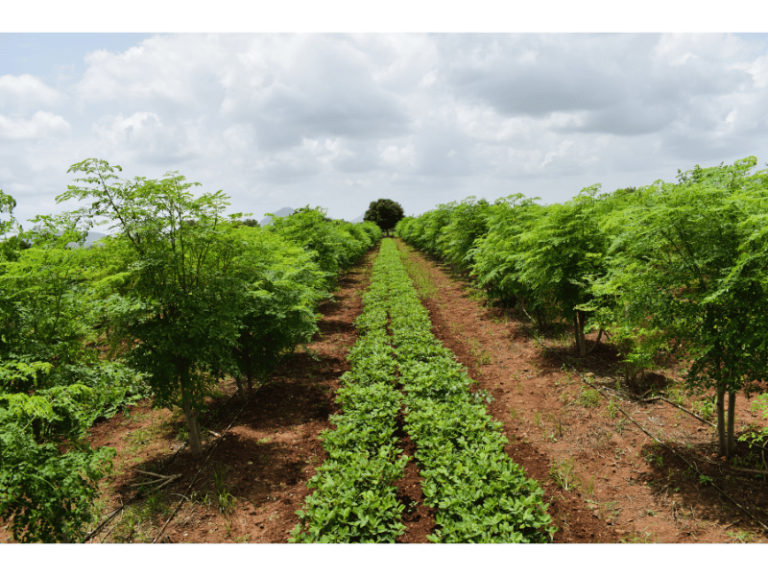Experienced farmers are very particular about rice seeds. If the rice seeds are not good, they will not produce good rice or yield a high harvest. There are two key methods to ensuring good rice seeds: selecting seeds and changing seeds.
“Selecting seeds year after year leads to continuous yield improvement,” which is a well-known fact for increasing grain production.
But why does changing seeds also increase yield?
A good rice seed variety, after being planted for several years, will start to change. This means its excellent qualities will gradually diminish, and some undesirable traits will emerge. It may become less outstanding, with good qualities not as prominent as before. For instance, white rice might start to produce red grains, glutinous rice might mix with non-glutinous varieties, and japonica rice might mix with indica rice. The grains may become smaller, awnless varieties might develop short awns, or the rice might mature unevenly and later than expected. All these issues can lead to a decrease in yield. This phenomenon is called mixing and degeneration. For example, the famous “Laolaqing” variety has developed many different forms compared to when it was first cultivated.
Why do good rice seeds undergo mixing and degeneration?
Mixing mainly occurs during harvesting, threshing, storing, or sowing, when other rice seeds are unintentionally mixed in. Over time, the mixing increases and becomes more prevalent. However, careful seed selection can correct this mixing issue.
The causes of degeneration are more complex. It may be due to adverse environmental effects or natural crossbreeding.
A good rice seed’s excellent qualities, such as strong stalks, fertilizer tolerance, high resistance, lodging resistance, large and heavy grains, uniform growth, early maturity, and good grain quality, are established through years of environmental influence and careful cultivation. This means that these excellent traits have become genetic. When farmers first use these seeds, they perform well and yield more. However, after several years, the seeds are influenced by the local environment. If the cultivation and management are poor, the plants will not thrive. Differences in soil, sunlight, temperature, and rainfall compared to the original location can alter their characteristics and appearance. When planted in one place for too long without significant environmental changes, the vitality of the offspring decreases. Therefore, environmental factors such as climate and soil can cause genetic changes in rice.
Rice is primarily a self-pollinating plant, but its pollen can also be spread by wind. When rice flowers, if other varieties nearby are also flowering, foreign pollen can be blown over, causing natural crossbreeding. The offspring of these natural hybrids are mixed breeds, with various genetic changes, altering their traits and appearance. When rice seeds mix, different varieties growing together increase the chances of crossbreeding. For instance, if red rice appears in a field, it can reproduce on its own and also cause crossbreeding, making it increasingly prevalent and hard to eliminate.
A good rice seed variety grows well and has good traits in its place of origin due to favorable conditions and careful cultivation. The local rice varieties are pure, with fewer chances of natural crossbreeding, so the quality remains pure. When these seeds are planted in a new environment, they grow vigorously, have a good appetite, and produce more grains and yield.
Therefore, cultivating rice not only requires careful seed selection but also regular seed changes.

